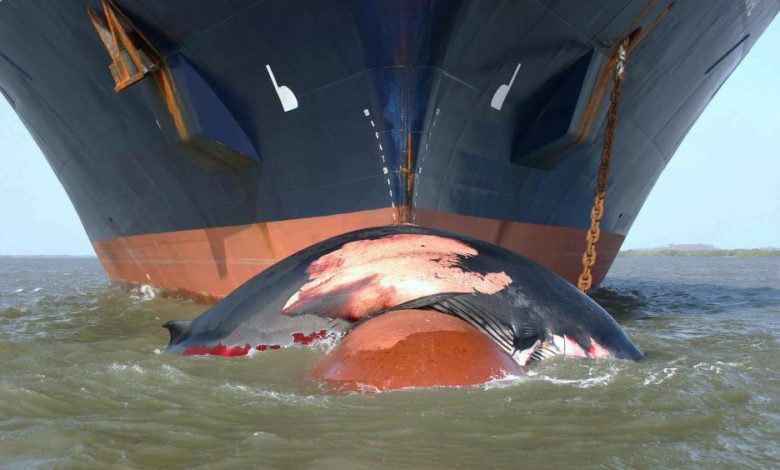

Researchers at Rutgers University-New Brunswick have developed an artificial intelligence (AI) tool that will help predict endangered whale habitats, guiding ships along the Atlantic coast to avoid them. The tool is designed to prevent deadly accidents and inform conservation strategies and responsible ocean development.
Using an AI-powered computer program that learns from patterns detected between two vast databases, the researchers said their method improved upon present abilities to monitor the ocean for the distribution of important marine species, such as the critically endangered North Atlantic right whale. North Atlantic right whales have been listed as endangered under the Endangered Species Act since 1970. There are approximately 370 individuals remaining, including about 70 reproductively active females, according to the US National Oceanic and Atmospheric Administration.
The effort was led by Ahmed Aziz Ezzat, an assistant professor in the Department of Industrial and Systems Engineering at the School of Engineering, and Josh Kohut, a professor in marine sciences who in January became dean of research at the School of Environmental and Biological Sciences
Kohut likened the output of the program to what might be learned by tracking the movements of people in a house as well as determining whether there is food in the kitchen and a television set on in the den. Such factors might determine why people are where they are at certain times of the day. Detecting certain patterns, he said, conveys predictive power.
“With this program, we’re correlating the position of a whale in the ocean with environmental conditions,” Kohut said. “This allows us to become much more informed on decision making about where the whales might be. We can predict the time and location that represents a higher probability for whales to be around. This will enable us to implement different mitigation strategies to protect them.”
Initially, the researchers sought to develop high-resolution models of the North Atlantic right whale presence to support responsible offshore wind farm development and operation. But they said the results have far broader implications and have made the details public as an addendum to their research paper.
“These tools are valuable and would solidly benefit anyone engaged in the blue economy – including fishing, shipping and developing alternative forms of energy sustainably,” Ezzat said. “This approach can support a wise and environmentally responsible use of these waters so that we achieve our economic objectives, and at the same time make sure that we cause minimal to no harm to the environmental habitat of these creatures.”
Unlike typical computer programs, where instructions are explicitly written out, the machine-learning program employed by the researchers analysed large data sets to discover patterns and relationships. As the AI program encountered more data, it adjusted its internal model to make better predictions or classifications.
“The outcome of the machine-learning model is basically a prediction of where and when you will have a higher likelihood of encountering a marine mammal,” Ezzat said, describing what he characterised as a “probability map.”
The post AI tool designed to mitigate whale collisions at sea appeared first on Energy News Beat.
Energy News Beat
